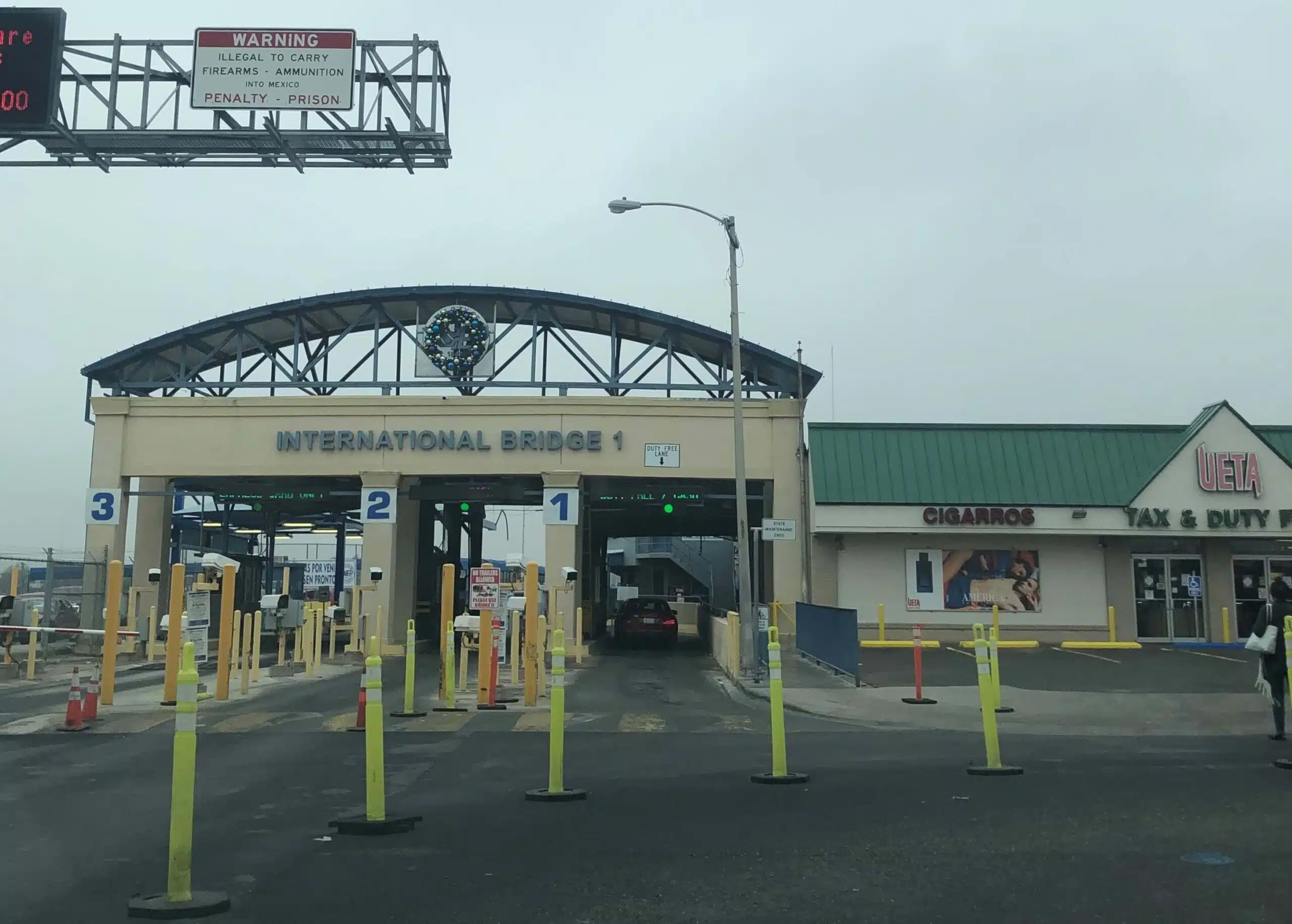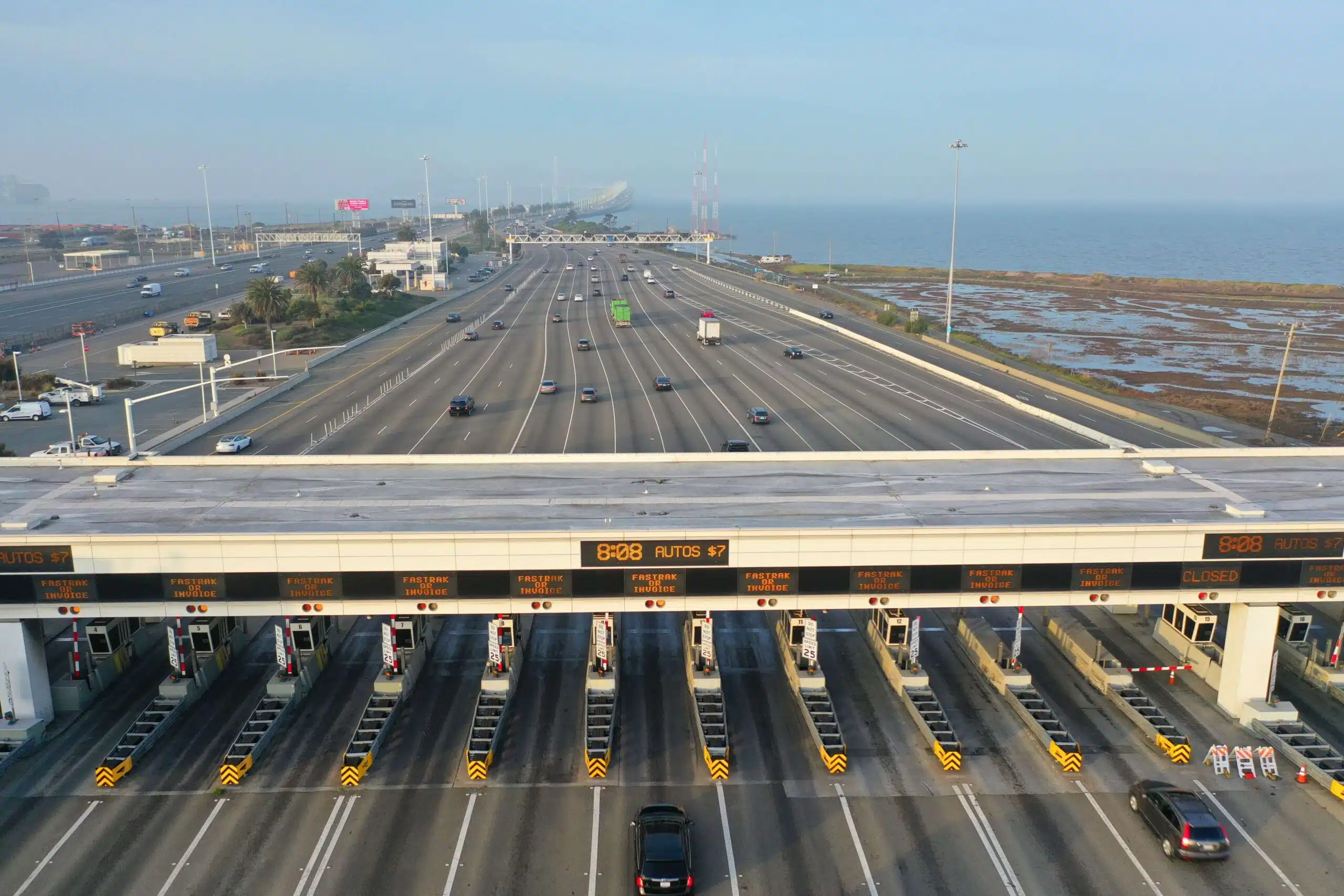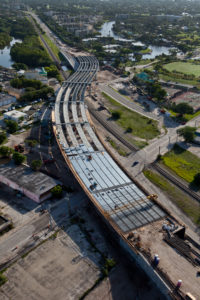TxDOT’s US 57 Corridor Interstate Feasibility Study, spanning nearly 100-miles, supports crucial trade connections across the Texas-Mexico...
Key Stakeholder Input
Led numerous outreach meetings with the general public and local impacted businesses to ensure the project plans met their needs, implementing their feedback into final design plans
Environmental Protection
Performed a variety of environmental assessments, including air quality and hazardous materials studies, to ensure there were no adverse effects to the Watauga River and surrounding mountain habitat
Safer Operations
Designed a Reduced Conflict Intersection (RCI) through employing a series of directional leftovers and U-turn bulb-outs to reduce conflict points
Kimley-Horn is providing environmental documentation, public involvement support, and preliminary design plans for widening the 4.5-mile 105 corridor from Old Shulls Mill Road to the North Carolina (NC) 105 Bypass. One of the few east-west routes in the area, the corridor is located west of Boone in Watauga County and is regularly used by seasonal visitors who are traveling for camping, hiking, fishing, and skiing opportunities.
When completed, the project will widen a two-lane shoulder section roadway to a four-lane Reduced Conflict Intersection between Broadstone Road and the bypass, including a three-lane widening from Broadstone to Old Shulls Mill which will function as a climbing lane. The proposed improvements aim to increase traffic capacity while also addressing safety concerns along the corridor, which has a history of crashes and safety issues due to the high-speed, rural nature of the road.
Developing a Comprehensive Roadway Design
The stretch of NC 105 for this widening project is between the Watauga River on one side and mountainous terrain on the other side, leaving little room for the proposed roadway additions. As such, Kimley-Horn provided the following project services in the preliminary design stage, including:
Roadway design
Hydraulic design
Stakeholder coordination
Structural design
Traffic design and control
- Erosion control
Signing design
Pavement marking
Water design
Sewer design
Our design refined the electrical transmission alignment running along the corridor, eliminating the need to relocate 21 electric transmission line poles and saving an estimated $100,000 to $300,000 per pole. Kimley-Horn’s team was also responsible for helping assess the stability of soil and rock to know where to implement walls along the interstate, ultimately adding more than a mile of retaining walls. Furthermore, Kimley-Horn will perform design services on several existing signal sections along the corridor in the future.
Meeting the Needs of Corridor Stakeholders
Extensive property owner coordination was crucial for refining design and receiving buy-in from all stakeholders. Kimley-Horn led outreach meetings with local stakeholders, starting with a public open house and then leading targeted conversations with Chandler Concrete and a local quarry and asphalt plant that would be directly affected by the project. We incorporated their feedback on roadway access into design, ensuring that the planned services to widen the road will accommodate their needs and minimize impacts to their businesses.
Balancing Environmental Protection with Project Objectives
The project required significant environmental documentation due to its challenging location. We conducted the following environmental assessments to mitigate any adverse impacts on the local environment and wildlife, community, and historical and cultural landmarks:
Environmental Assessment and Finding of No Significant Impact documentation
Air quality and noise analysis
Cultural and historical resource assessments through the North Carolina State Historic Preservation Office
Community impact assessment
Hazardous materials assessment
We prepared Army Corps of Engineers and FEMA permitting due to the proximity of the Watauga River/Laurel Fork, the nearby mountains, and NC 105 and also relocated a portion of a nearby stream to accommodate the roadway widening. The relocation required advanced hydrology analysis to ensure that the new alignment would not undermine the road fill or adjacent earthwork, involving complex modeling of open channel to pipe transitions.
Kimley-Horn additionally performed a Natural Resources Technical Report to confirm there were no impacts to threatened and endangered species. To further support this environmental protection, our team altered roadway design plans to maintain an approximate 25-foot buffer from the riverbank.
The enhanced corridor will have increased traffic capacity with the widened, four-lane road.
When construction is completed, the NC 105 corridor enhancements will increase traffic capacity with the widened road and help manage congestion. Utilizing directional leftovers and U-turn bulb-outs, our team will help implement a Reduced Conflict Intersection, increasing vehicular safety for North Carolinians and other visitors traveling the corridor for tourism and business alike.





